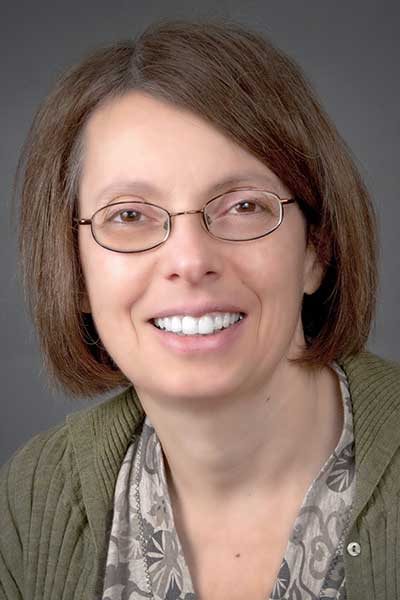New data on CAR-T cells and therapeutic advances just starting to be applied to rheumatic diseases are among the highlights of the basic science program at ACR Convergence 2023.

“We have more than two dozen basic science sessions this year. Some of them are basic immunology, some of them are closely disease-related, and some are based on work by consortia that is technology-based,” said Anne Davidson, MBBS, FRACP, Professor of Molecular Medicine at the Feinstein Institute for Medical Research and at Zucker School of Medicine at Hofstra Northwell Health and Chair of the Basic Science Team for the Annual Meeting Planning Committee (AMPC).
“Our goal was to try and attract as many basic science researchers to the meeting as we could and present the most exciting science of relevance to our diseases,” she continued. “ACR Convergence is special because basic scientists, translational scientists, and clinical scientists all get together in the same meeting, so there are lots of opportunities for interactions, for initiating collaborations, and so on.”
Select sessions will be livestreamed for remote viewing in real time. All ACR Convergence sessions will be available on demand for registered participants following the meeting. The two livestreamed basic science sessions are Precision Clinical Trial Design in Rheumatoid Arthritis on Monday, Nov. 13, at 2 p.m. PT in Room 6A–B of the San Diego Convention Center and CARs as “Drivers” of Precision Cellular Immunotherapies for Autoimmune Diseases on Tuesday, Nov. 14, at 7:30 a.m. in Exhibit Hall A–B.
“The attendees who are logging in at home can listen in and ask questions,” Dr. Davidson said.
Multiple sessions address new developments in therapeutics. On Sunday, Nov. 12, No Pain and Much to Gain: Mechanisms and Targets of Pain in Rheumatic Diseases will begin at 12 p.m. in Room 29A–D.
“This has been an area that has not been well-studied until fairly recently,” Dr. Davidson said. “Now there are all kinds of new mechanisms of pain being uncovered. This is a session on recent identification of pain receptors that might open up new therapeutic avenues.”
The Tuesday session Improving the Immune Landscape Using Biomaterials will address cutting-edge technology at 12 p.m. in Room 29A–D.
“This session will discuss nanoparticles and other types of new biomaterials that are just starting to come into play as therapeutics,” Dr. Davidson said.
The program also covers subjects such as bone biology, skin biology, inflammation and obesity, inflammation and blood clotting, neutrophils, fibroblasts, lupus, psoriasis, rheumatoid arthritis, and immune cell-based topics.
“We have sessions on B cells and T cells, and we have a session on the hematopoietic bone marrow cells that we don’t talk about so often — red cells and platelets.”
On Monday, The Forgotten (Non-Nucleated) Cells of Autoimmune Disease: RBCs, Platelets, and the Bone Marrow Niche will begin at 4 p.m. in Room 30D–E. On Wednesday, Nov. 15, Humoral Immunity Gone Wrong: Antibody Secreting B Cells will begin at 9:15 a.m. in Room 30D–E.
“These sessions are looking at advances in understanding the major immune cell types, which are targets for therapeutics. We are always looking to see if we can adjust the function of immune cells to treat rheumatic diseases without causing immunosuppressive side effects,” Dr. Davidson said. “So, understanding more about how the cells get activated and regulated is very important to us.”
Two sessions will highlight the potential of team science to give new insights into rheumatic diseases. On Tuesday, Reconstructing Rheumatoid Arthritis Through Space and Time: New Insights Into RA Pathology from the AMP RA/SLE Consortium will begin at 2 p.m. in Room 23A–C, followed on Wednesday with Heterogeneity in Lupus: Lessons From the Autoimmunity Centers of Excellence at 8 a.m. in Room 29A–D.
“They are technology-based and collaborative, the type of science that someone can’t do so well in an individual lab,” Dr. Davidson said.
Six basic science abstracts will be featured in the three Plenary sessions, which take place at 11:30 a.m. Sunday, Monday, and Tuesday.
In addition to scientific sessions, there will be a new Basic Science Networking Lounge where attendees can gather for networking and discussion.
“This is a new programming initiative, so we encourage everyone interested in basic and translational science to come and use the space,” Dr. Davidson said. “We will also be having some informal career-focused sessions there specifically for young investigators to network with more established scientists”.
Additional basic science sessions
Sunday, Nov. 12
- De-“mystifying” Sjögren’s Dryness: Molecular Interactions and Genetics Explained, 9–10 a.m., Ballroom 20A
- Osteoimmunology: Inflammation Runs Bone Deep!, 12–1 p.m., Room 25A–C
- Breaking Down Osteoarthritis at the Single Cell Level, 2–3 p.m., Room 8
- Klemperer Memorial Lecture: Rheumatoid Arthritis as a Mitochondrial Disease, 2–3 p.m., Room 11A–B
- Just Roll with It: The Basics of Neutrophil Biology, 4–5 p.m., Room 31A–C
- Bad to the Bone: Osteoclasts in Metabolic Bone Disease, 4–5 p.m., Room 24A–C
Monday, Nov. 13
- The Art of Dying Well: Novel Insights into Cell Death, 8–9 a.m., Room 30D–E
- Developing Thick Skin in the Lab: Pre-Clinical Models to Enable Personalized Medicine in the Scleroderma, 8–9 a.m., Room 32A–B
- Immunometabolism in Autoimmune Disease, 12–1 p.m., Room 30D–E
- Fibroblasts as Iconoclasts: New Functional Roles of Mesenchymal Cells in Health and Disease, 12–1 p.m., Room 25A–C
- Cutting Through the Brain Fog: Cognitive Dysfunction in Lupus, 2–3 p.m., Room 31A–C
Tuesday, Nov. 14
- Beyond Nature Versus Nurture: Evidence of Early Life Influences on Immunity, 7:30–8:15 a.m., Room 7A–B
- Flexing Strong Science on Weak Muscles: Genetics, Genomics, and Autoantibodies in Myositis, 8:30–9:30 a.m., Room 25A–C
- The Eyes Have It: Ocular Mucosal Immunity, 12–1 p.m., Room 25A–C
- The Word Is Out: New Mechanisms and Targets of Gout, 12–1 p.m., Room 32A–B
- Tipping the Scale: Interactions Between Obesity and Inflammation, 2–3 p.m., Room 31 A–C
- More Than Complementary Pathways: Where Coagulation and Complement Converge, 4–5 p.m., Room 31A–C
- Toxic Immune Environment: The Role of T Cells in Tissue Wellbeing, 4–5 p.m., Room 30D–E
Wednesday, Nov. 15
- From Genotype to Phenotype: Towards Integration of Genetics and Clinical Medicine, 8–9 a.m., Room 31 A–C
- Big Questions and Small RNAs: Decoding Non-Coding Variants, 8–9 a.m., 26A–B
- Getting Skin and Joint in the Game: Key Players in the Psoriatic Arthritis Microenvironment, 9:15–10:15 a.m., Room 25A–B
- Genes, Gender, and Gammaglobulins in Severe COVID: Lessons Learned From the Pandemic, 11 a.m.–12 p.m., Room 30D–E

Register Today for ACR Convergence 2024
If you haven’t registered for ACR Convergence 2024, register today to participate in this year’s premier rheumatology experience, November 14–19 in Washington, D.C. All registered participants receive on-demand access to scientific sessions after the meeting through October 10, 2025.
